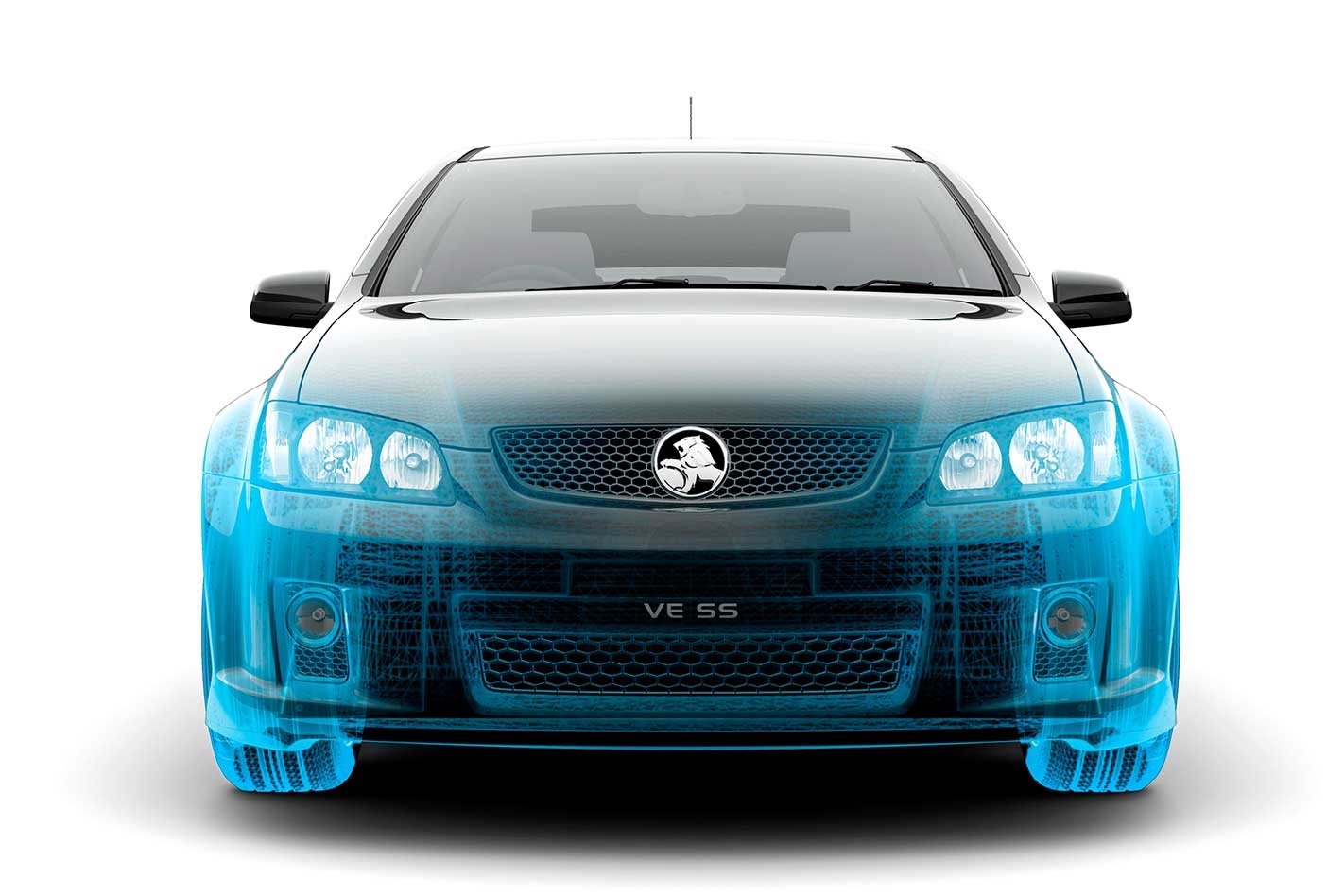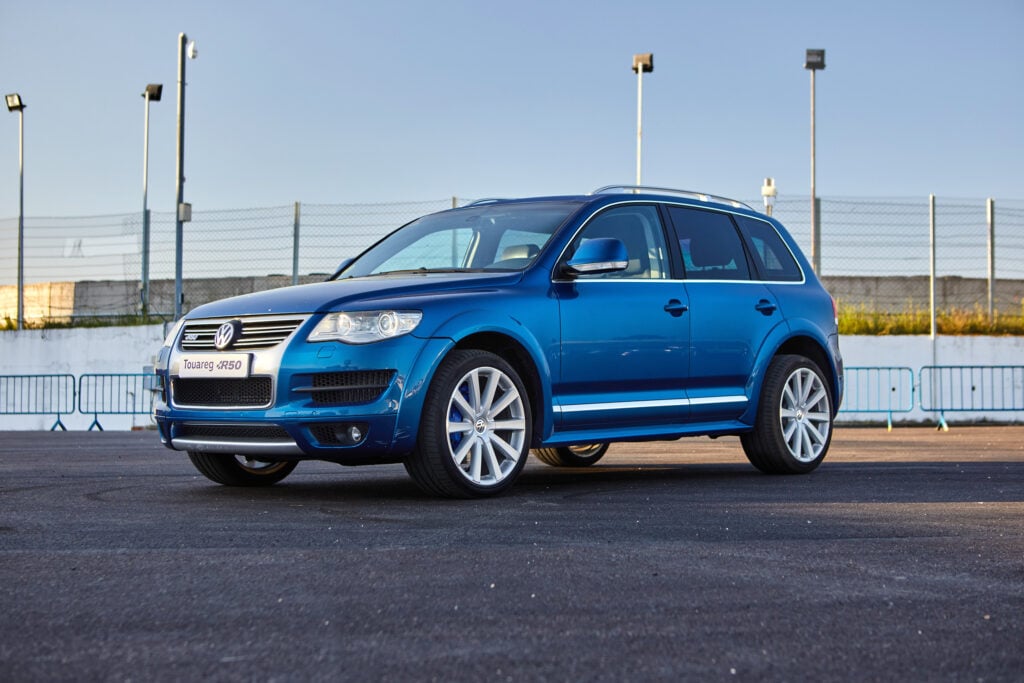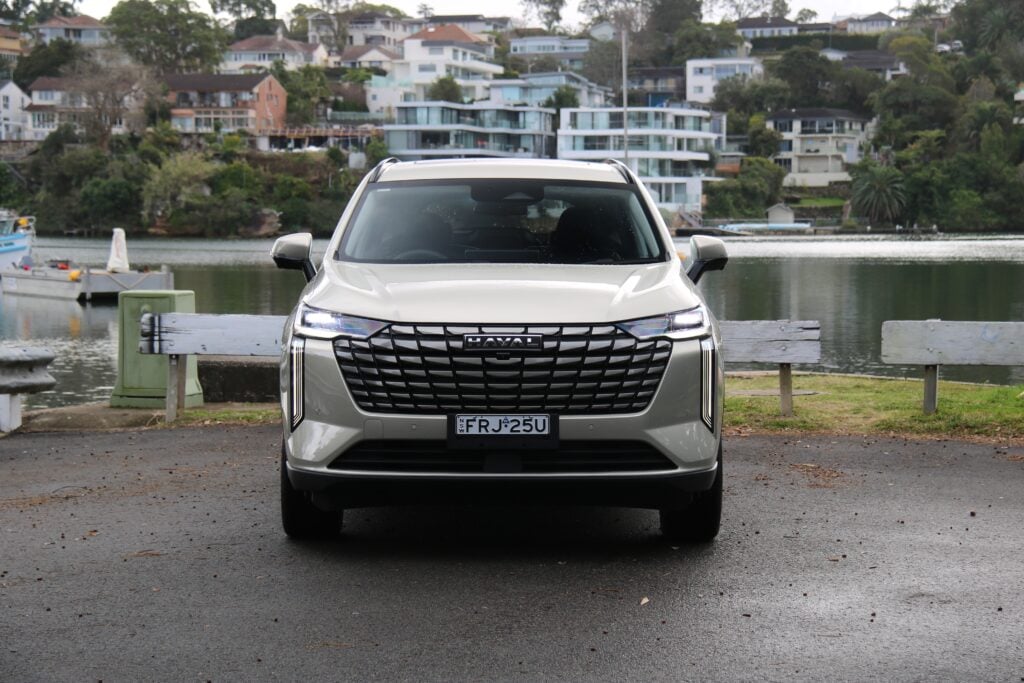This feature was originally published in MOTOR’s September 2006 issue
- Part 1: Design and Conception
- Part 2: Bodyshell concept
- Part 3: Suspension Design
- Part 4: Engine
- Part 5: Transmission and Brakes
- Part 6: Safety
Part 1: Holden Commodore VE Design and Conception
Holden’s future depends on getting the VE right from the start By: Tim Robson
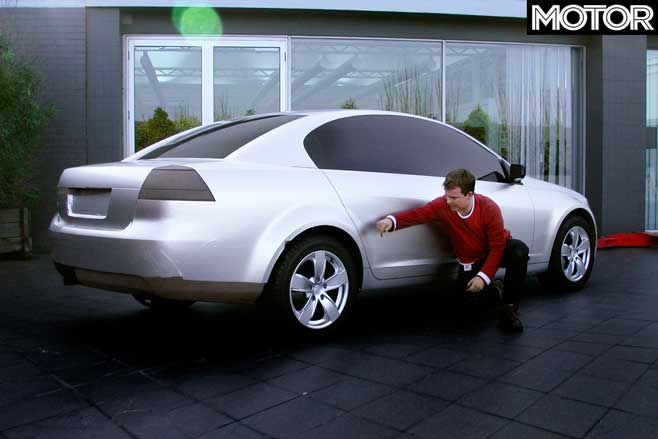
As passenger cars go, the VE Commodore’s base numbers stack up with nameplates around the world that cost more. A lot more. An almost perfect 50/50 weight distribution, decent wheelbase, wide track, short-ish overhangs, rear drive.
From the first VR-modified concept (a PhotoShopped image of a VT that IT boss Martin Wood presented to Holden’s top brass on a laptop and an old projector in 1999 – the catalyst for Holden’s gobsmacking, $10 million VR studio, incidentally) and first sketches, the VE’s basic shape has been driven by a key measurement – more than 90mm lopped off the car’s front overhang compared to the VT-VZ. This one pen stroke dictated so much of the character of the VE right from the first moments of its inception.
The implications were as far-reaching as they were (mostly) positive. Executive Director of Engineering Tony Hyde’s team could finally junk all of the mechanical hangovers that Commodore had been forced to carry over from its 19-year Opel and GM past. Some pieces of the front suspension architecture can be traced back, according to Hyde, to the 1978 VB.
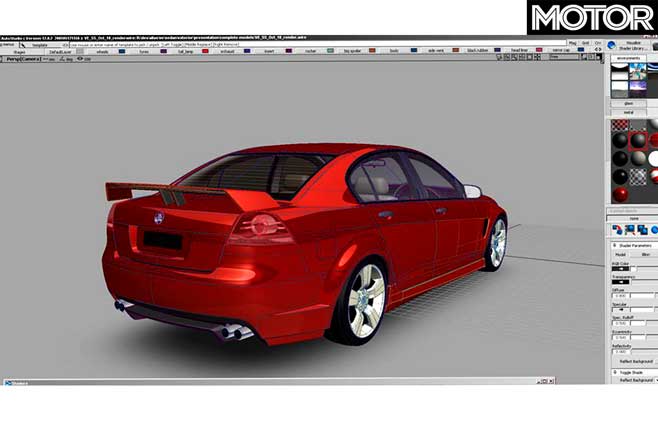
The team could now chase an entirely new and far loftier model for suspension and drivetrain specification, performance, and refinement. Design head Tony Stolfo and his main man Richard Ferlazzo, having already determined that the VZ’s interior dimensions model was ground zero, and that Mike Simcoe’s original dream of a taut, masculine, compact-looking sedan that still had to be undoubtedly a Commodore, had carte blanche to reinvent Australia’s most iconic nameplate.
“It’s Australia’s number one car – everyone is going to have an opinion,” observes Ferlazzo.
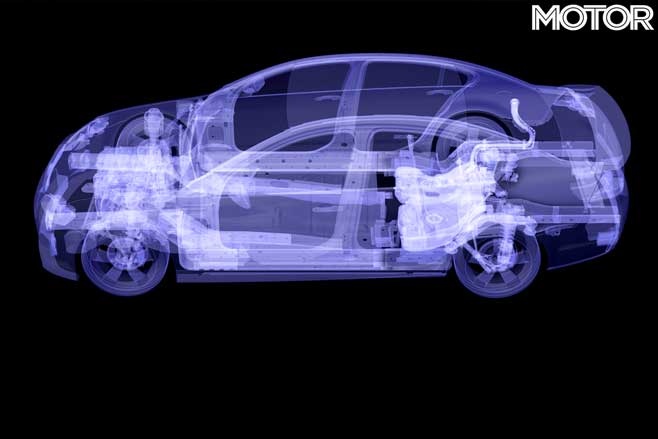
It’s been benchmarked off no lesser machines than BMW’s E39 5-Series, Audi’s last generation A6 and a host of other existing and emerging competitors. This was the ultimate attempt to get champagne from a beer budget.
Shutlines, surface tension, caps, modulated interiors, slip planes, flexible architecture, and a million other phrases, concepts, inventions and refinements were cast into a heady maelstrom that had many instigators. but one aim.
If engineering wanted one thing, the designers wanted it done prettier, the bean counters had to cost it to realistic levels, the manufacturing crew had to tool for it, the sales and marketing department had to make it fit within the boundaries of the Commodore culture. This pitched battle raged through the corridors of Elizabeth, Fishermens Bend and GM head office for more than six years.
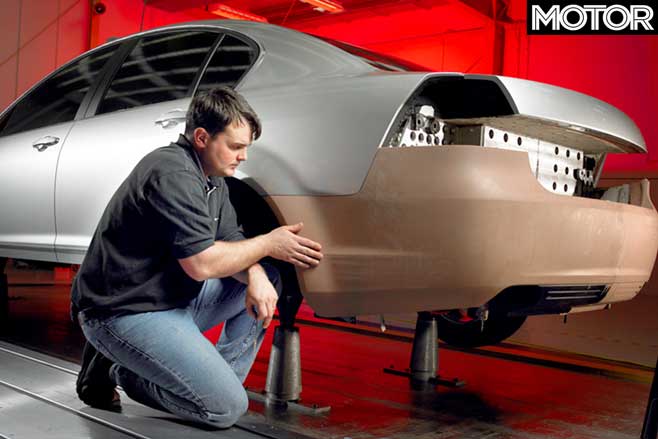
Then Denny Mooney entered the frame in 2004. An engineer in the mould of his predecessor Peter Hanenburger and a GM lifer, the young.ebullient CEO waded neck-deep into a project that had a very real ability to make or break Holden’s fortunes as a car manufacturer in Australia – and he wanted things done his way.
“He tore up million-dollar tools because he didn’t think that panel gap tolerances were close enough,” says Stolfo. “And those regular 6.30am review meetings were fun, too…”
With a mandate from the top, and in a time where ‘product guys’ and real cars, not profit-and-loss sheets, were considered the future of the group, VE flourished. The engineers, who were all driven hard by GM stalwart Hyde, could pit their wits, their arguments, and, above all, their passion to build, not just the best Commodore, but the best car possible. “It‘s the highlight of my career,” says Richard Marshall, body structure chief engineer.
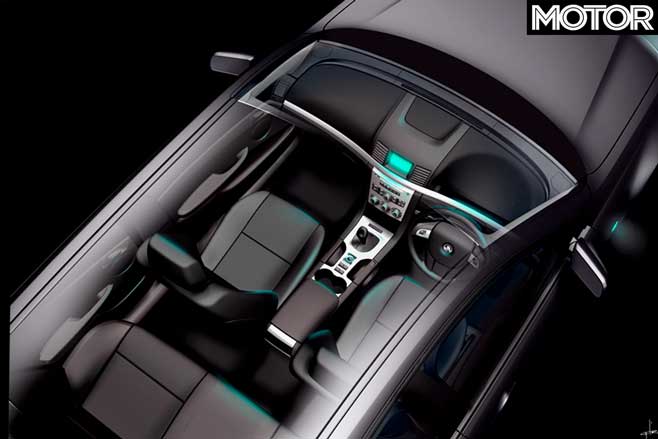
Lessons learned from the VT-VZ experience are many. “We hadn’t planned on so many variants,” admitted Stolfo, calculating that there were 16 all told, including all-wheel drive, Crewman and Monaro. Every variant has its own unique interior styling, external packaging, and limited edition models needed to be produced.
With VE, the keyword is flexibility. The chassis itself is built with three stretch points, or slip planes, along the length of the body, allowing engineers to realise the designers’ ideals much more quickly and easily. Long-wheelbase ute, sir? Move the rearward pair of slip planes back. The underside-mounted fuel tank, suspension cradles, and body floors are largely undisturbed when these slip planes are changed.
Interior treatments, too, are now easier to render, thanks to the VE’s internal ‘pod’ design architecture. Even the number of components on a door trim, for example, have been minimised and rationalised in order to achieve the desired look, regardless of model or variant, more easily and quickly.
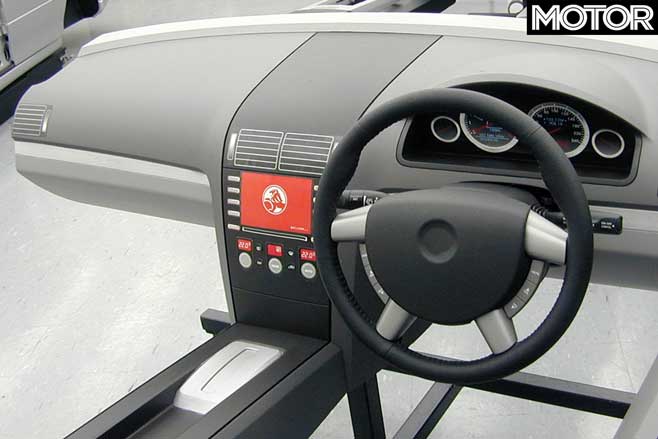
Some old favourites and some long-held soft spots have come in for special attention, too. “Look!” exclaims Stolfo excitedly, opening the boot lid. “Four-bar trunk hinges! Finally!”
“And look at these,” chimes in Vallazo, gesturing to the door hinges. “Bolt-on door hinges. Finally!”
Getting the little things right; there’s the passion behind VE.
VE Development Time Line
1999 – Original Sketches A variety of Holden’s best penners put down some hard iterations of VE, among them Monaro man Mike Simcoe.
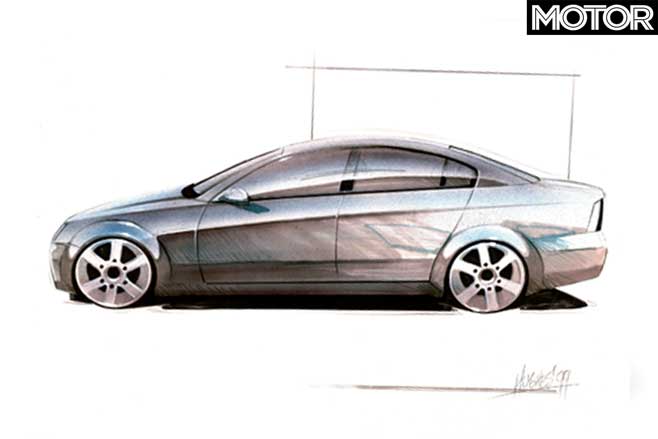
2000 – Hard Points Nailed ‘Hard points’ are the areas in a car’s architecture that define every other area of design: suspension, wheelbase, etc
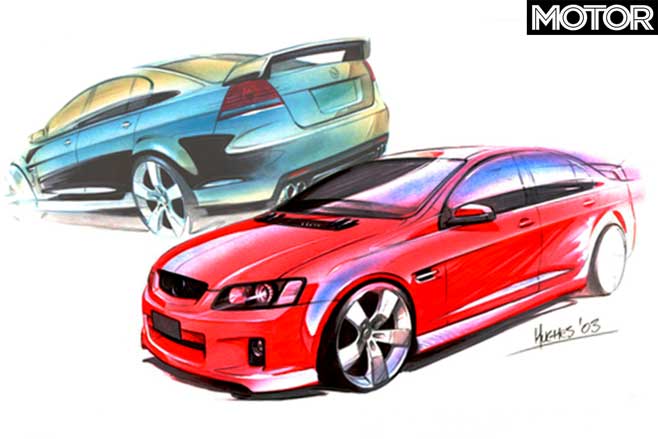
Dec 2001 – Full Size Clays While VE owes much to virtual reality technology, handmade clays still formed a large part of the decision making process
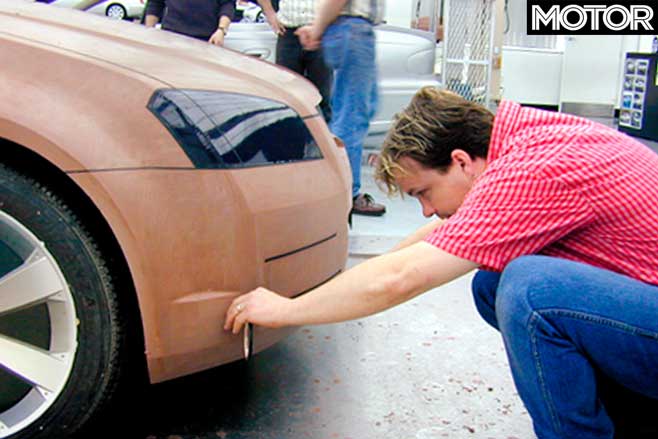
Dec 2002 – Proving Ground Nothing beats natural light to present a car, and Holden’s bigwigs gathered at Lang Lang to examine a full clay model for the first time.
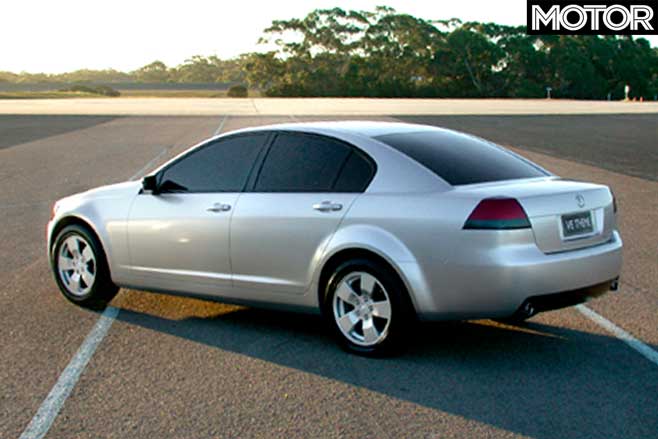
2003 – Interiors Take Shape To give prospective export clients a better idea of the car’s proportions, a full-size, see-through mock-up is created in clay.
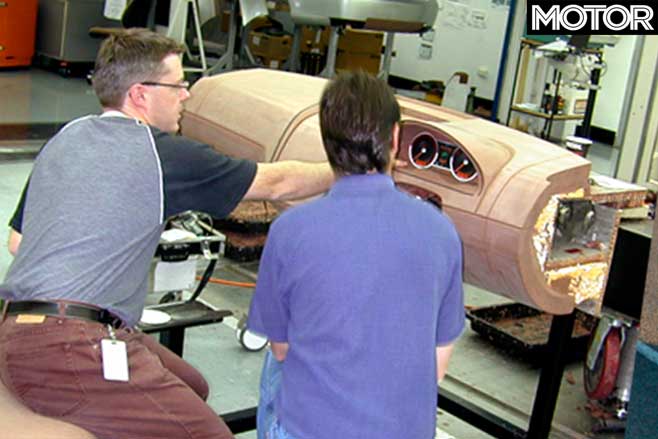
Dec 2004 – VDR Completed Validated Data Release; in essence its the ratification of the finished product. SS was developed virtually from November 2003.
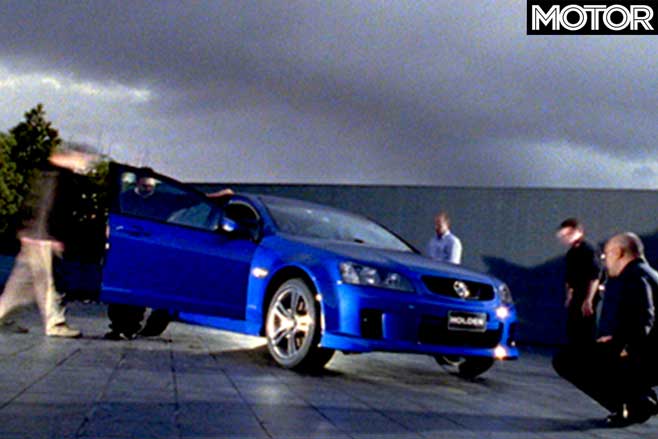
VE Development Test Mules
VX Suspension Hack – Mule One On the outside, a mild-mannered, beaten-up VX. Underneath lay the rough-hewn suspension architecture of VE. This one built in 2003.
Mule Zero – The First VE This is the first ‘proper’ VE, built in December 2003. Holden has logged 2.2-million kms at the PG on VEs, Each PG klick equals 30km to you and I.
Miles & More – World Testing The US, New Zealand, Canada, Europe and of course, Australia; disguised VZs and camoe’d VEs have racked up miles in every climate.
Part 2: Holden Commodore VE Bodyshell concept
Clever tricks and new tweaks in all-Aussie shell By: Glenn Torrens
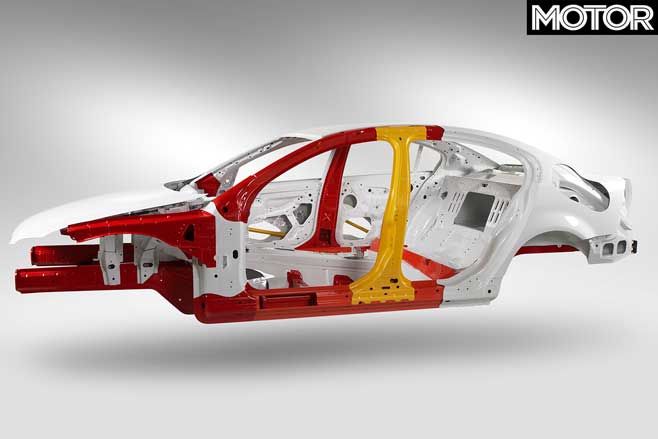
Holden’s VE bodyshell design brief: make it strong, flexible, and ours.
For the latter, all the architectural hangovers from the parent company (no more Opel borrowings, a la VT-VZ’s doors and suspension) are gone, and even the last of the previous Commodore’s handling traits have been removed, mostly with new suspension (which we’ll study later) and partly through the extra stiffness in the chassis.
More than three-quarters of the material in VE’s shell is high-strength steel, but to keep weight down, tailor-welded blanks (where a thick sheet of metal is welded to a thinner one before being pressed into snape) were used in the front chassis rails and floor reinforcing. This kept the shell’s bare mass increase to around 70kg – still a significant fattening, which is not popular for fuel misers, but you’re getting marked benefits in handling and safety.
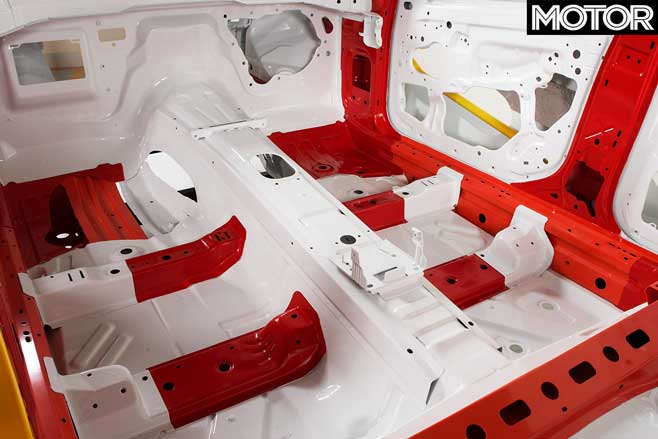
Shell stiffness has significantly improved thanks to the whole of the side body, from the A to behind the C pillar, pressed from one lump of metal – the first time an Australian manufacturer has dared attempt such a large single moulding. Then, to further improve side impact protection, an ultra-high-strength steel reinforcing core is hot-stamped into each B pillar.
Even the cowl area forward of the cabin has been designed to add body stiffness. Since the VN of 1988, Commodore’s glued-in firewall offered little in the way of strength, but VE’s firewall is now a stressed member. On top of all that, when the cross-beam mounting for the instrument module is welded in it becomes a brace between the A pillars.
Speaking of A pillars, they are large enough to swing a long, heavy coupe door from, and will be brought into service for this very thing, according to designer Mike Simcoe who recently confirmed the Monaro is coming. It’s one of a range of body styles the architecture can support, including ute, wagon and, in conjunction with its new suspension, a taller-bodied AWD soft-roader.
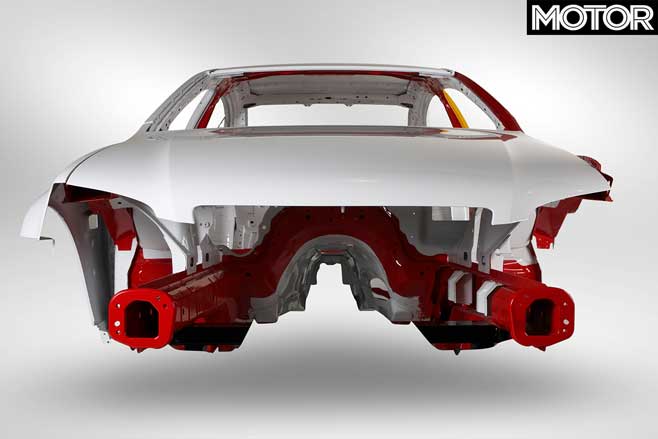
There’s some smart thinking in the way the shell – and car – go together, too. The nose of VE is a plastic/steel module containing windscreen washer bottle, crash beams, and pre-adjusted headlights. Benefits? Until the nose is slipped on, there’s a ‘walk-in’ engine bay for easier, faster manufacture with less risk of paint damage. In service, crash repairs will be cheaper. And it allows easier series/model/identity updates – totally different faces can be more easily applied to the same body architecture.
Out back, the fuel tank has been forward of the rear suspension, mainly to comply with US safety legislation, but this also helps weight distribution by putting more mass within the tracked-out wheelbase.
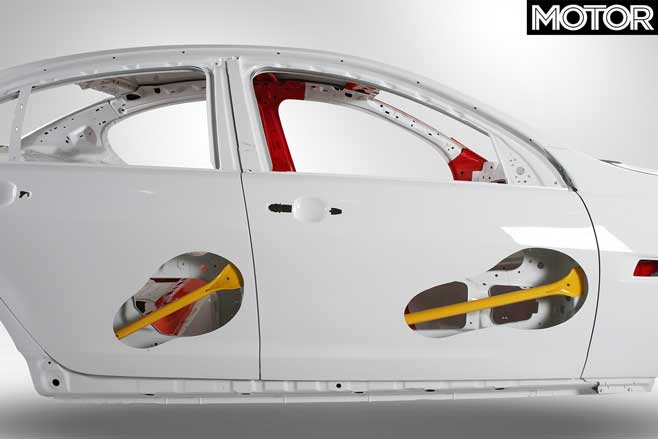
The battery has also been relegated to the boot, where the spare tyre well under the boot floor is a drop-in composite module, able to be factory-loaded into the car complete with the jack and spare tyre. The door hinges are bolt-on to allow fine-tuning of assembly tolerances at manufacture and assist repair.
All this cleverness is wrapped in bake-hardenable steel panels that allows tight tolerances – 1mm radius edges for wrap-over of panels such as doors – and good dent resistance.
What is in the Commodore VE’s bodyshell?
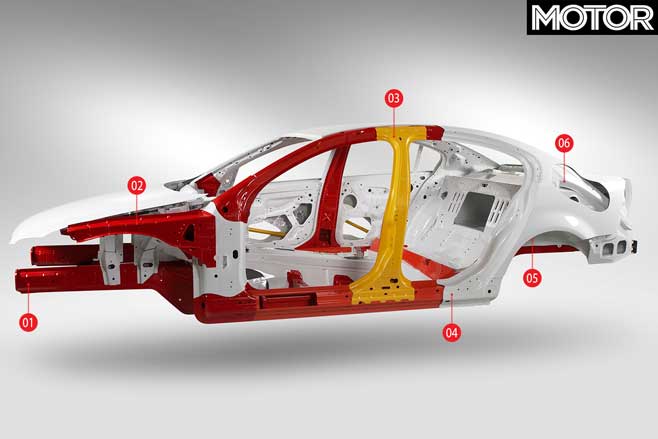
01 | Crossmember/Crash Paths Chassis rails are internally reinforced and are manufactured from tailor-welded ‘blanks’ giving them strength behind the axle line and crash softness forward
02 | Nose VE’s removable front-end module includes pre-adjusted headlights and the windscreen washer bottle on a steel/plastic frame. It slips straight on to streamline assembly and reduces crash repair costs
03 | Reinforced B Pillars B-pillars have massively reinforced cores. Box-section floor rails stiffen the shell and resist side impacts. Firewall is now welded to the shell
04 | One-Piece Body Side Stamping Stretching from the A-pillar to the tail light, the one-piece body side is the biggest ever from any Australian manufacturer. Check out the finish on the inside door apertures. It’s the same smooth quality as the rear quarter panel
05 | Fuel Tank The ‘saddle’ fuel tank takes 73 litres and places fulel mass within the wheelbase for better weight distribution – therefore handling – and better rear-end crash protection
06 | Spare Wheel Well and Boot Hinges The boot is wider and larger than VZ with more useable space thanks to compact four-bar hinges. Spare wheel well is a lightweight composite structure
Part 3: Holden Commodore VE Suspension Design
All-new design replaces Commodore’s 28-year-old underpinnings By: Glenn Torrens
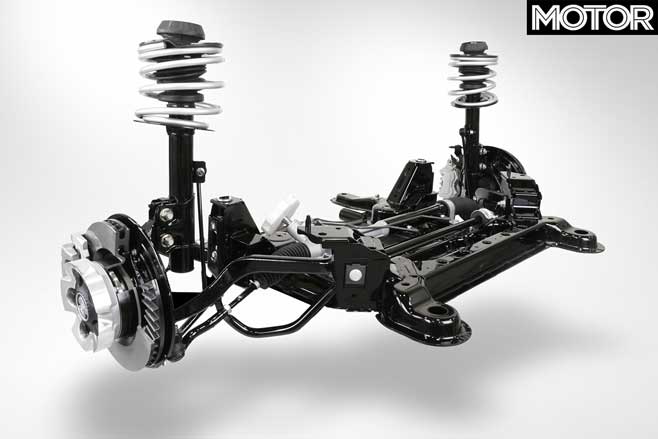
Commodores right up to VZ suffered tyre-chopping camber and toe change, thanks largely to the trailing arm rear-end and front strut geometry rooted in 1978 technology. But that’s all changed with the all-new VE, although the solution would appear to be more a simple variation than brand new technology.
To go back a step, Holden did investigate the upper and lower wishbone front suspension option, but most likely for cost reasons, went instead with a clever double ball joint system to replace the existing single ball joint at the base of the front strut.
The problem with the single ball joint is that the steering pivot point is inside the wheel, giving the front wheels a tendency to turn out under heavy braking and roll onto the tyre walls around corners. This can exacerbate tramlining and promote excess wear around the edge of the tyre, especially on the outer limits of lock. What Holden did was essentially add another ball joint alongside the first, repositioning the steering rack so that the pivot point is now virtually ‘outside’ the wheel.
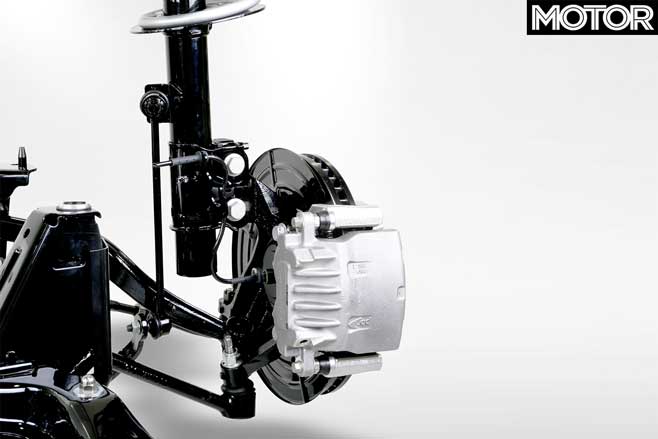
From what we can tell from our drives on the proving ground, this simple solution appears to have solved those problems. The 16×7-inch steelies (up from 15×6) on the Omega and Berlina VEs (sizes that increase to 19s on the other models) now sit flatter on the road when you’re clipping apexes at speed.
Out the back, a subframe-mounted multi-link independent set-up banishes the simplistic IRS to history. The VT’s semi-trailing arm/control-link layout had the tendency to distort bushes and transfer noise into the car. That’s something the new system eliminates, so it’s more compliant, especially towards maximum bump. There is no more reliance on the nose of the diff for rear subframe location, either, a problem for both getting the grunt to the ground and a source of transmitted cabin noise.
The upper suspension arms are lightweight L-shaped pressed steel units with ball-jointed inner and outer pivots as opposed to rubber units, all but eliminating comer load-induced camber change. The rearmost pivot – the one that takes the brunt of both accelerative forces and pothole shock – is bushed with voided rubber for compliance and noise isolation.
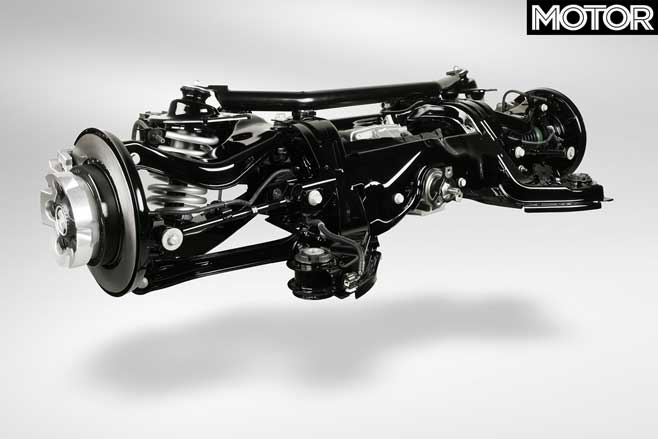
Both lower control arms are steel, too, with direct spans to large rubber bushes. The final member, a toe link, ‘steers’ the hub – and therefore the tyre – during suspension travel. Camber and toe alignments are both adjustable for fine-tuning of handling and reduced tyre wear.
Mounted on four rubber bushes, the complete module is easier to assemble into the car thanks to the captive spring in the coil-over spring/damper units that also provide more floor space in the boot. And, when the time comes, a better ute.
Three suspension tunes are offered. The FE1 spec has comfort-biased springs and dampers for Omega and Berlina. FE2 is a 10mm lower, firmer sports package standard on Calais, SV6 and SS. An FR1 ‘country pack’ (optional on Omega) gives 25mm more ride height, as well as an underbody bash plate.
What is new in the Commodore VE’s suspension?
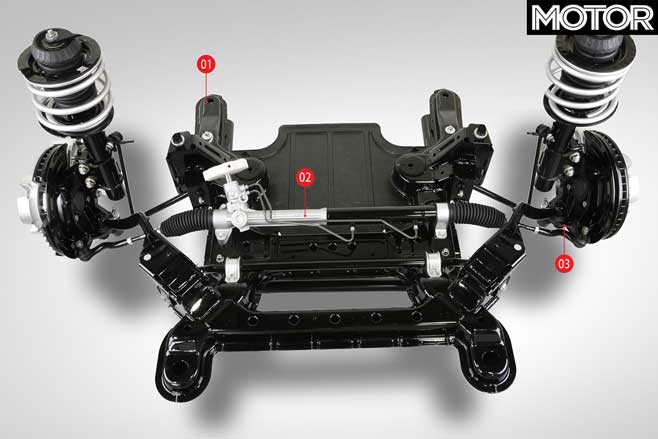
01 | Engine Cradle With large-section chassis rails and built-in firewall, the six-point cradle stiffens front end of car to allow suspension to work more effectively without strut tower brace
02 | Steering Rack Rack now north of axle line, lending itself to natural toe-out under cornering. Mounts now rubber-bushed for additional stiffness. Fronts are adjustable for camber, castor and toe
03 | Ball Joints, Bars & Castors Double ball jointed lower stubs position steering axis towards outer edge of tyre’s footprint. Strut-mounted swaybar reacts directly to wheel movement
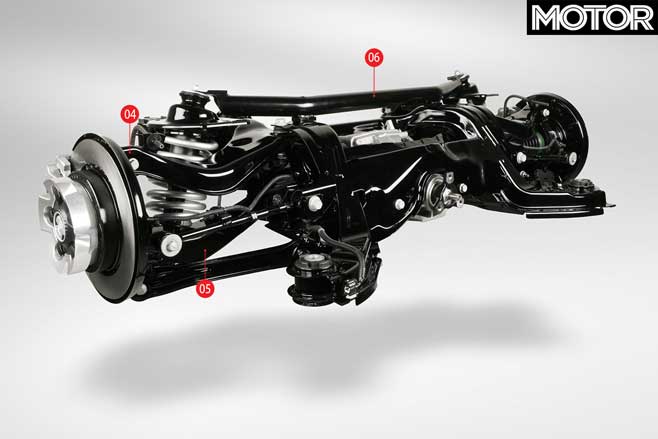
04 | Upper Arm and Springs Stamped steel arms combine strength and durability with acceptable weight; large rear bush isolates road noise
05 | Lower Arms and Toe Link Two lower arms on two rubber bushes allow degree of rear-steer guided by toe link
06 | Subframe Rear suspension module locates to body on four rubber bushes for effective noise isolation
All-Paw VE?
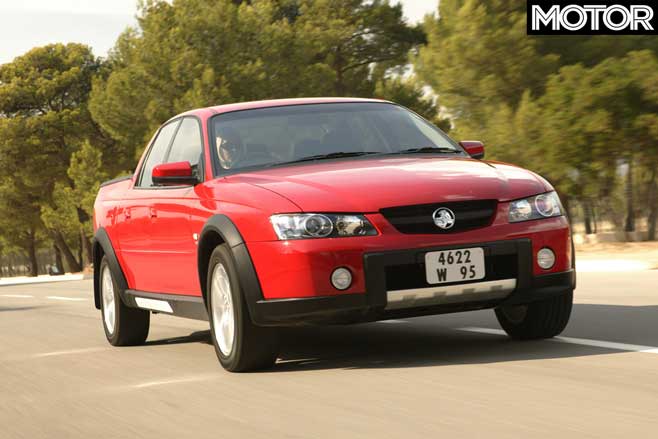
One of VE’s early design criteria was that its suspension be compatible with all-wheel drive. As well as placing the steering rack ahead of the front axle – ahead of where front-rear driveshafts and diffs need to be – the hub/stub axle was also designed to accept a driven axle through it.
The spring/strut is easily configured for a higher ride height, while the new caster rod design allows greater suspension travel for future off-road development. The rear suspension, too, is designed for an easy transition to AWD/off-road use with little more than taller coil-over spring/damper units required to raise vehicle ride height.
It remains to be seen whether the slow sales of the Commodore-bodied VY/VZ Adventra have killed Holden’s AWD aspirations, or whether this new platform will yield a true challenger for Ford’s Territory down the track.
Part 4: Holden Commodore VE Engine
A little nudge in the numbers for an established fave By: Glenn Torrens
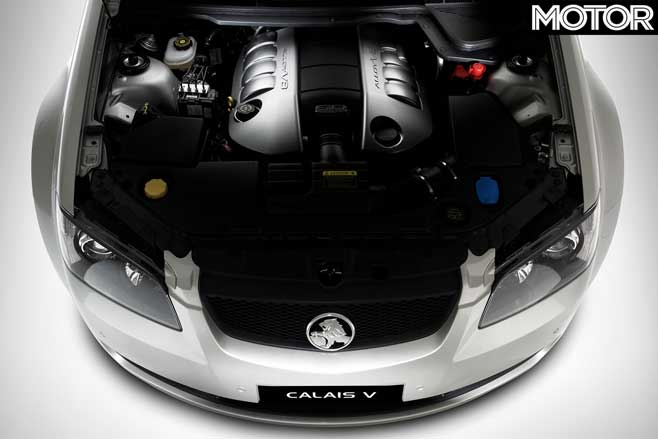
Holden introduced two versions of GM’s all-alloy DOHC Global 3.6-litre V6 little more than 18 months ago with the VZ series, then the acclaimed 5.7-litre Gen III V8 made way for the Gen IV 6.0-litre in January this year. Pointless to bring in whole new donks,really.
But it wouldn’t be a launch without bigger numbers, so there are some changes to help lift power on both entry-level and high output V6s, and a little refining to lessen the V6’s rowdy noise and vibration. This was achieved under the padded engine cover with a new structural sump, engine cradle, cam drive chain, and harmonic balancer.
Performance-wise, the 3.6-litre alloy DOHC V6 in Omega and Berlina claims 180kW @ 6000rpm and 330Nm @ 2600rpm, which is up 5kW and 10Nm on the VZ equivalents, while Calais and SV6 goes up 5kW to 195kW @ 6500rpm from its dual variable cam timed ‘High Output’ engine, but torque remains at 340Nm @ 2600rpm.

The Gen IV 6.0-litre V8 In SS, SS V and optional in Calais V gets a 10kW boost to 270kW, and a nice, fat 20Nm of torque, although that 530Nm @ 4400rpm is achieved with 98-octane fuel. Expect Messrs Watt and Newton to slacken off around 10kW if they drink cheaper brews.
Once all that power has been generated, spent gas exits through new dual exhausts that designers were able to introduce under both the 195kW V6 and V8 thanks to the space liberated by the new fuel tank location.
Holden created a media storm when it wouldn’t reveal fuel economy figures at the national VE launch event in Melbourne; hanging out for a couple of extra percentage points on the data, or looking for a bit more TV airtime? Whatever the story, the figures are in, and they’re not half bad.
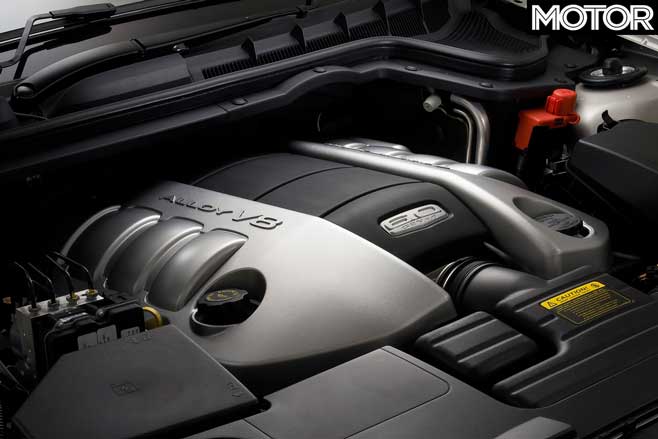
In fact, despite an almost-100kg weight gain across the board, the V8 variants have come in a little lower than the outgoing L76, at 14.4L/l00km in manual and 14.3L/100km in auto guise. The high-output six drops to 11.0 and 11.6 for manual and auto, respectively – the manual improving almost half a litre over the VZ version of the same motor. Figures on the Calais V8 creep up a little; 14.3 on the new car is 0.3L/100km worse than the outgoing Calais.
Both the V6 and V8 drive-by-wire pedal maps have been tweaked to provide more aggressive throttle action at low speeds, accessing a fatter torque spread provided by a variable-length intake manifold. And don’t be too worried about overheating while puttering around, as the cooling system now has gruntier three-speed fans. The system also requires less coolant and a quick-drain tap makes servicing easier.
A more effective power steering cooler is incorporated in the nose of the car (which may prevent MOTOR hacks from boiling the damned things) and all cars benefit from a regulated voltage control alternator.
Part 5: Holden Commodore VE Transmission and Brakes
Six-speed auto is the big news here, but the four-speed slusher lives on… By: Glenn Torrens
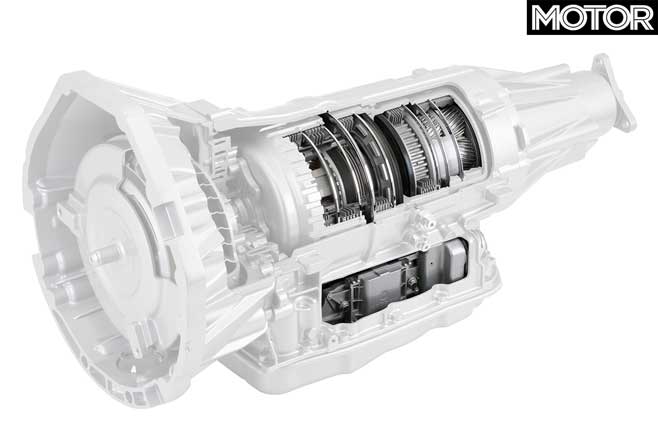
With the five-speed auto that arrived with Alloytec V6 18 months ago unchanged, the spotlight is now on VE’s all-new six-speed auto option behind the V8. Tagged 6L80E, the compact Michigan-made cogbox has a 6:1 ratio spread, providing a low first gear for off-the-line zap and a tall sixth that mimics the manual’s long haul gearing for highway economy – try 1500rpm at 100km/h.
Like the Calais and SV6’s five-speed auto, the V8’s six-speeder features Holden’s Active Select manual shifter, although the steering wheel paddles have been ditched for the more conventional shifter seen in BMW and Ford. It even has the same push-downshift/pull-upshift action, and the controlling software detects driver behaviour, holding gears for as long as necessary when the going gets gung-ho.
Manual gearboxes – the SV6’s Aisin AY6 and the SS’s Tremec T56 six-speeders – feature a remote shift mechanism to reduce shifter ‘buzz’ and isolate driveline noise from the cabin. The V8’s gearbox – fitted with the VZ Monaro’s close-ratio cogs – features triple synchros on first, and second and double cones from third to sixth, and its internal selector shafts ride on ball, rather than plain, bearings for smoother action. Both manual’s clutch pedal actions are lighter and closer to the floor (40mm versus 75mm from the floor for VZ) for smoother take-up.
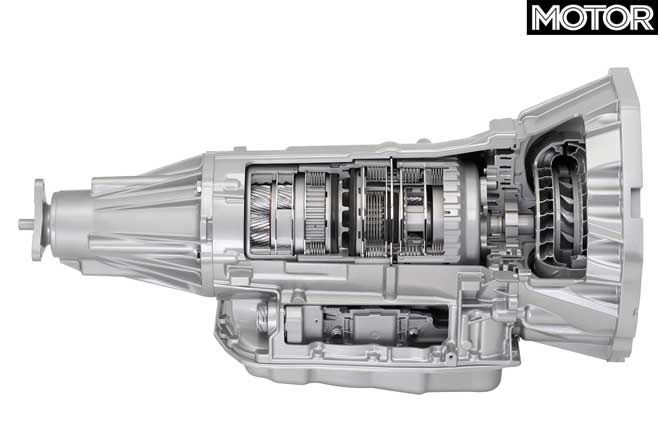
The 4L60E four-speed automatic is controversially retained in Omega and Benina and features the input shaft-speed sensor introduced on VZ 6.0. This upgrade improves shift quality and smoothness, which could be a bit hit-and-miss in the auto’s previous iterations.
With more torque now being generated in the lower gearing, the diameter of the two-piece tailshaft has been increased, and is attached at either end with bigger bushes.
At the back end the shaft is connected to an alloy-cased ZF differential that saves 4kg over the previous iron design, but more noticeable is that its housing is no longer a mount for the subframe, meaning less vibration and noise. Also helping out there are new tooth profiles lubricated with 75/50 synthetic diff oil; bigger balls in the driveshaft’s CVs, and more of them (eight rather than six).
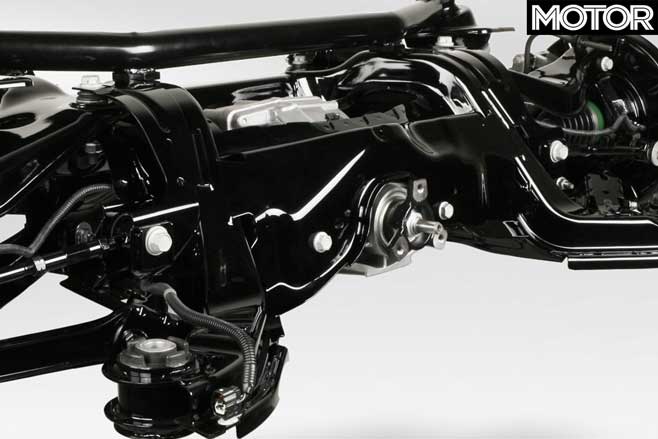
Diff ratios are 3.27:1 for the Omega/Berlina V6; the five-speed autos in the Calais V6 and SV6, plus the SV6 manual runs 2.92; and 3.45 in the V8s.
Them’s the Brakes
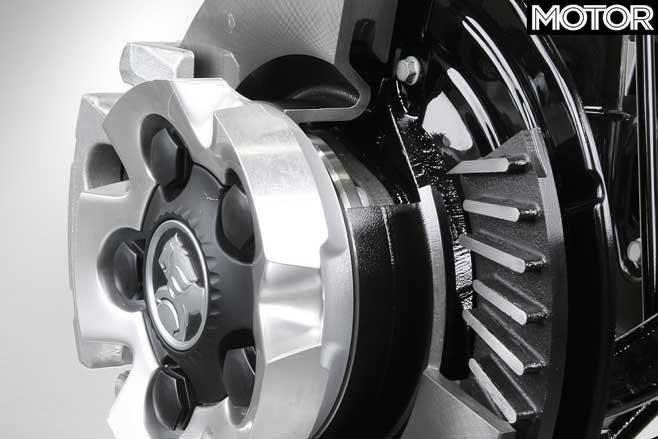
Following the lead of the VZ Monaro and 6.0-litre VZ SS, V8-powered VEs have larger brakes than the V6s – 321x30mm up front, in comparison to the V6’s 298×30, and all models receive larger, vented rear rotors; 302 for V6 and 324 for V8.
Although caliper hardware is identical, the V8’s are mounted on different cradles over rotors built with angled internal pillars and a J-section between the brake pad friction surface and hub. These features allow the brake to better cope with heat stress. All VEs cop ABS, EBD, and EBA (electronic brakeforce distribution and assistance).
Part 6: Holden Commodore VE Safety
ESP and new chassis design make VE the safest Holden yet By: Glenn Torrens
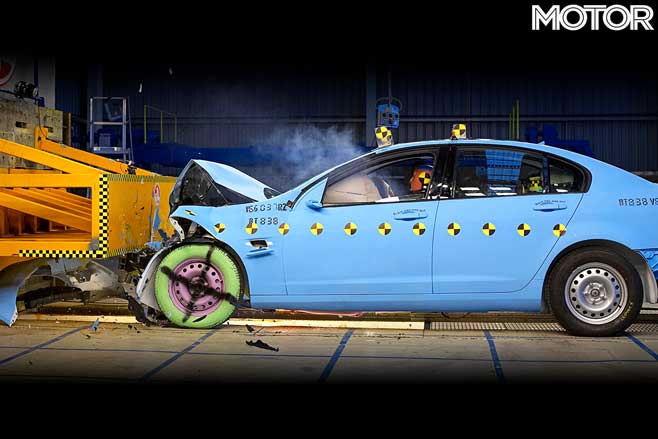
How the car stays out of trouble, and how it protects the people inside when things do go pear-shaped, has been a prime consideration during VE development. The results are the product of a partnership between Holden and the Monash University Accident Research Centre, who have been working together for more than a decade.
The key advancement is that Holden has made recent Electronic Stability Program (ESP) technology standard across the VE range. Previously a feature of up-spec V6 autos only, the ESP controls chassis electronics such as electronic brake force distribution, emergency brake assist, traction control, and ABS.
Significant calibration work was performed on Australian roads, especially loose gravel, so rather than a one-size-fits-all setting, there’s a dozen. Holden says this model-by-model calibration regime allows, “sporting variants to be driven enthusiastically without unnecessary intervention from the system.”
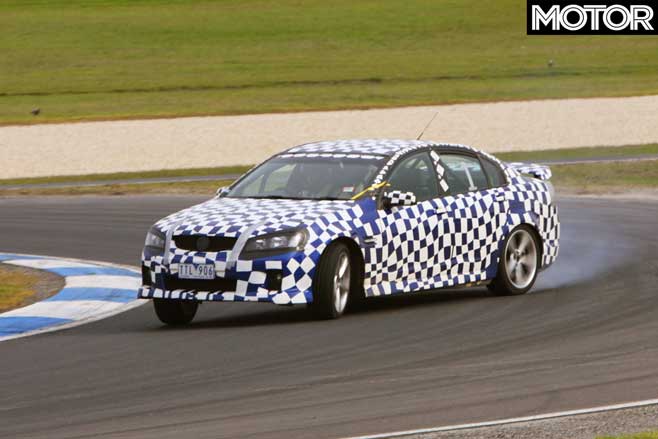
To that end it would appear Holden has dialled in a bit of the fun factor in the V8 Calais and SS, with the rear allowed to step out a little before the system kicks in. Of course, you can switch it off altogether with a button that lives out of harm’s way, forward of the shifter.
Curtain airbags make their Holden range debut and are optional across the range to supplement the side airbags, seatbelt pretensioners, and front bags. Those front bags are now two-stage and take into consideration seat position (hence driver size) and crash severity before deploying. The passenger bag’s dash cover is hidden behind a ‘burst-through’ seam rather than a glovebox-like panel and the seatbelts are looser against the body in general wear for better comfort.
The fun stuff is actually smashing cars into solid objects as part of the crash tests, and although most of the data was collected through computer modelling. Holden stuck 79 cars into the wall.
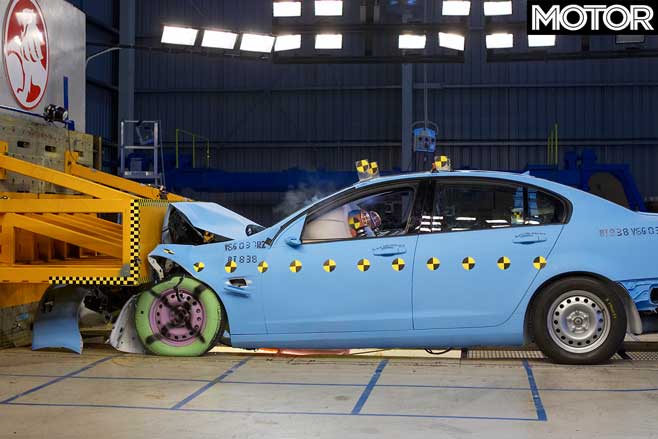
The results prompted designers to insert an ultra-high strength steel reinforcing core into the B-pillar to resist deformation and channel crash energy into the roof. So strong is the revised B-pillar that SES crews have been forced to update their rescue cutting apparatus.
Up front, tailor-welded blanks are used to form the chassis rails, providing a soft nose for minor bingles, and a progressively stiffer response in larger crashes. The upper engine bay rails also contribute; Holden did extensive work for truck under-run crash situations and the front wheels bear against the sills, rather than the front floorpan (a cause of foot injury), in bigger head-ons. Before things get that bad, there’s a deformable plastic egg-crate and extruded alloy crash beam behind the bumper skin.
To reduce foot, leg, and pelvis injuries in front end crashes, VE also features a breakaway brake pedal, with a diamond-section pivot that’s designed to deform to allow the pedal to swing free when the driver arrives on the scene with his leg hard on the brakes.
Holden says it all adds up to its safest car yet.

